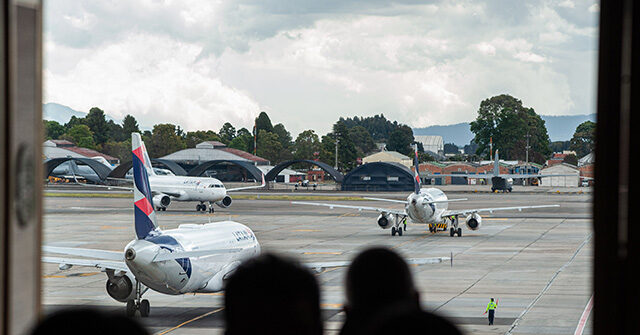Authorities in Colombia have contested the claims made by the United Nations Committee on Enforced Disappearances (CED), which suggested that approximately 20,000 unidentified bodies are stored in a hangar at Bogotá’s El Dorado International Airport. This assertion emerged following a two-week visit by the U.N. CED delegation in November, aimed at investigating Colombia’s long-standing issue of enforced disappearances, which have persisted since the 1940s. The U.N. group’s findings, based on discussions with local authorities and victims, reported alarming discrepancies regarding the number of people officially recognized as forcibly disappeared, with estimates ranging between 98,000 and 200,000.
The U.N. delegation emphasized that enforced disappearances remain a critical and ongoing crisis in Colombia, rather than a historical issue. Reports highlighted that these violations occur daily and affect communities across the nation. Juan Pablo Albán of the delegation noted a societal overwhelm with disappearances and highlighted the inadequacy of state resources to effectively address these incidents. A preliminary press conference held at the end of their visit underscored the gravity of the situation, with a particular focus on the large number of unidentified corpses purportedly poorly managed in cemeteries and storage facilities throughout the country.
In response to the U.N. claims, Colombian officials quickly denied the existence of such a hangar and the presence of unidentified bodies at El Dorado International Airport. The Legal Medicine Institute, integral to the investigation of deaths and disappearances, stated they were “unaware” of the hangar’s existence and had not been approached by any authority regarding such claims. Following these statements, Colombian authorities, including the Attorney General’s Office, conducted inspections at the airport but found no evidence supporting the U.N.’s assertions.
Further refuting these allegations, Bogotá’s Mayor Carlos Fernando Galán characterized the claims about the bodies as “very grave” and urged the U.N. to clarify its statements. He emphasized the need for transparency and evidence to support such serious allegations, stating that no local authorities had information indicating the validity of the U.N.’s claims. Colombian Interior Minister Juan Fernando Cristo echoed this sentiment, thanking the U.N. for its role in peacebuilding efforts while simultaneously urging for clarifications regarding the CED’s assertions. His statement reflects a commitment to transparency in the face of serious allegations that could affect public perception.
In a noteworthy development, Colombian radio station La FM revealed that the U.N. CED members are not U.N. officials but rather independent human rights experts. This clarification from Vivian Kwok, a U.N. media officer, added another layer to the complexities surrounding the interpretation of the delegation’s findings. The distinction between independent experts and U.N. personnel may influence how the claims are perceived both domestically in Colombia and internationally, as responses to human rights issues often hinge on the credibility and authority of the reporting body.
Overall, the confrontation between Colombian authorities and the U.N. CED highlights ongoing tensions related to the legacy of violence and human rights abuses in Colombia. Despite calls for accountability and strategic approaches to address enforced disappearances, discrepancies in data regarding victims reflect broader challenges faced in reconciling past actions with present realities. As the situation continues to evolve, the Colombian government appears committed to investigating these allegations, emphasizing the importance of corroborated information in addressing one of the country’s most pressing humanitarian crises.

